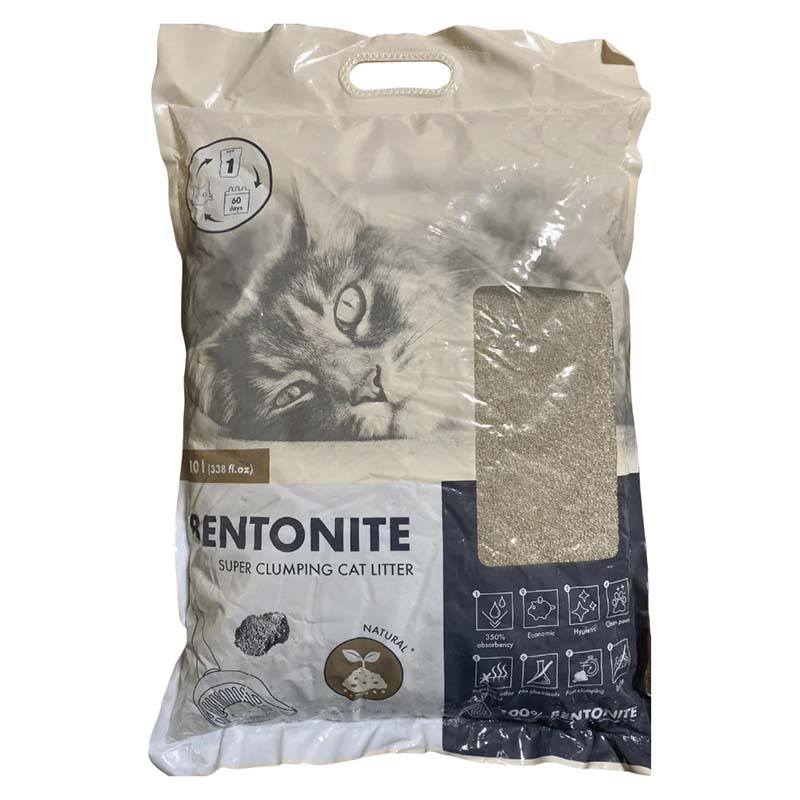Types of Cat Litter: A Comparative Analysis
Cat litter is an indispensable item for any cat owner, and the variety of options available can be overwhelming. Each type of cat litter comes with its unique set of characteristics, benefits, and drawbacks. Understanding these differences can help you make an informed decision on the best cat litter for your feline companion and your household. This article will provide a comparative analysis of the most common types of cat litter, highlighting their features and suitability for different needs.
-
Clay/Clay-Based Litter:
-
Clumping: This is the most traditional and widely used type of cat litter. It forms solid clumps when it comes into contact with moisture, making it easy to remove waste and reduce the need for frequent full box changes.
-
Non-Clumping: Non-clumping clay litter does not form clumps, which can make it more difficult to manage waste. However, it is often less expensive and can be used in multi-cat households.
-
Pros: Effective at controlling odors, widely available, and familiar to most cats.
-
Cons: Can be dusty, which is not ideal for cats with respiratory sensitivities, and not environmentally friendly due to the use of non-renewable resources.
-
25L Lavender Bentonite Cat Sand Made in China
-
Crystal/Silica Gel Litter:
-
This litter is made from silica gel beads that absorb urine and trap odors, making it a low-maintenance option that can last for weeks without a full change.
-
Pros: Long-lasting, low odor, and minimal dust.
-
Cons: Not biodegradable, can be expensive, and some cats may not like the hard texture.
-
-
Biodegradable/Natural Litter:
-
This category includes litters made from materials like wood, corn, wheat, and coconut coir.
-
Pros: Environmentally friendly, biodegradable, and often dust-free, making them a good choice for cats with allergies or sensitive respiratory systems.
-
Cons: May not clump as effectively, can be more expensive, and may need more frequent changes.
-
-
Recycled Paper Litter:
-
Made from recycled paper products, this litter is another eco-friendly option.
-
Pros: Biodegradable, low in dust, and often unscented, which is beneficial for cats with sensitive noses.
-
Cons: May not be as effective at controlling odors as other types, and it can be more prone to tracking.
-
-
Bamboo Charcoal Litter:
-
This litter uses bamboo charcoal, which is known for its odor-absorbing properties.
-
Pros: Natural, eco-friendly, and excellent at controlling odors.
-
Cons: Can be more expensive, and availability may be limited.
-
Conclusion: Choosing the right cat litter depends on your cat's preferences, your environmental concerns, and your budget. Clay-based litters are a popular choice for their effectiveness and familiarity, but natural and biodegradable options are gaining popularity for their eco-friendly benefits. When comparing cat litters, consider factors such as odor control, dust levels, ease of waste removal, and the impact on your cat's health. It may take some trial and error to find the perfect litter for your home, but with this comparative analysis, you are equipped to make a more informed decision. Remember to monitor your cat's reaction to any new litter and adjust your choice accordingly to ensure their comfort and well-being.








